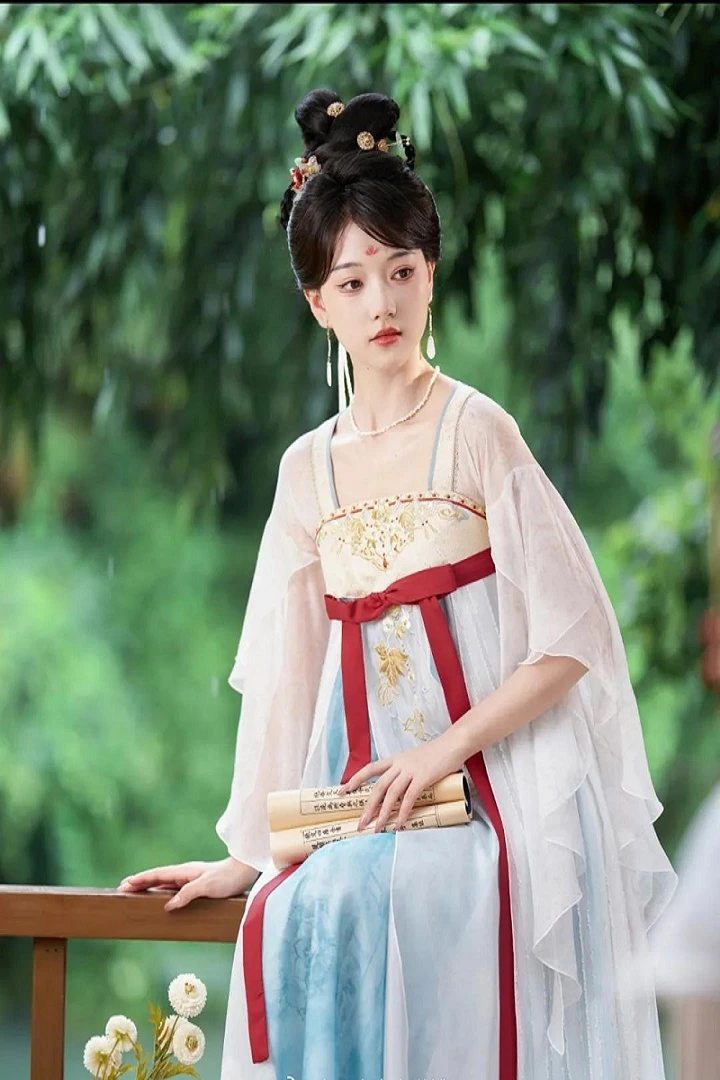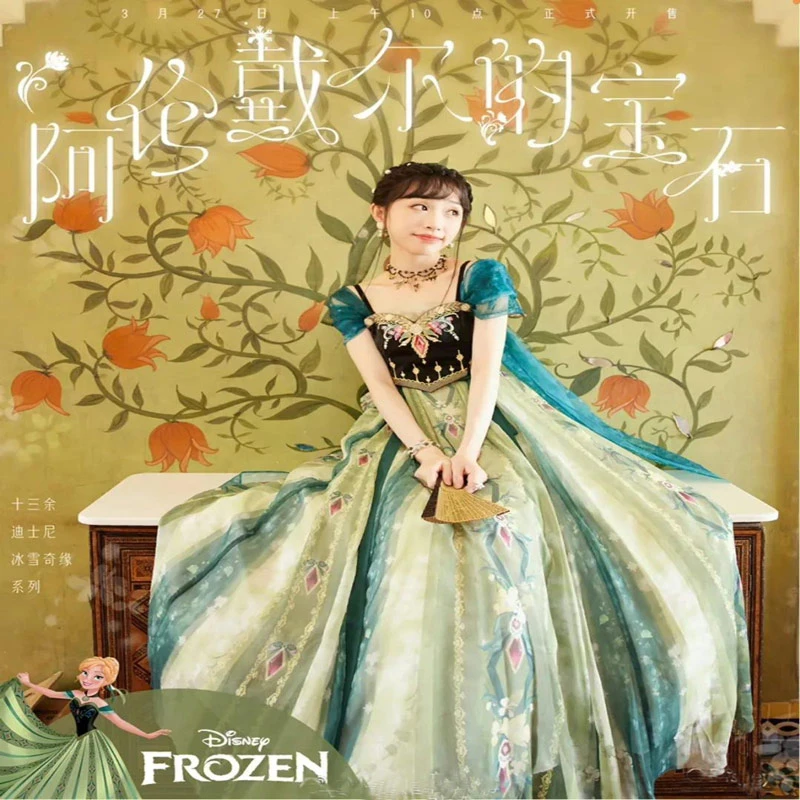Hanfu, the traditional attire of the Han Chinese, has seen a resurgence in popularity, with enthusiasts embracing its elegance and cultural significance. A notable trend within this resurgence is the rise of "co-branded Hanfu," which refers to Hanfu garments created in collaboration with well-known brands or intellectual properties (IPs). But this trend raises a critical question: Is co-branded Hanfu a genuine cultural collaboration that benefits both the Hanfu community and the IPs, or is it merely a way to exploit consumers?
The Appeal of Co-branded Hanfu: A Consumer Perspective
When it comes to purchasing co-branded Hanfu, how strong is the consumer desire? To gain insight, I spoke with several Hanfu enthusiasts, or "tongpao," and discovered a common theme: they generally do not buy Hanfu solely for the collaboration. Instead, their purchase decisions are driven by the design's aesthetics and the garment's cost-effectiveness.
One enthusiast mentioned, "I won't buy Hanfu just because it's co-branded. I'll only buy it if it looks good and is reasonably priced." This sentiment highlights a significant issue in the co-branded Hanfu market: many of these garments are overpriced and of poor quality. Additionally, some designs stray so far from traditional Hanfu that they can barely be recognized as such, further deterring potential buyers.
Enhancing the Co-branded Hanfu Experience
So, how can co-branded Hanfu achieve a better balance, truly benefiting both the Hanfu culture and the collaborating IPs?
From a consumer standpoint, "attractive, practical, and affordable" is a universal purchasing principle. Although many co-branded Hanfu designs are visually appealing, their high prices often discourage buyers. A quick search on online shopping platforms reveals that a complete co-branded Hanfu set can cost around 1,000 yuan (approximately $150), a price point that many find daunting.
Therefore, even though collaborating with popular IPs can be costly, the price of co-branded Hanfu should consider the consumers' psychological thresholds. Alternatively, improving the quality of the garments to offer better value for money could help attract more buyers from a broader consumer base.
Another crucial issue is the authenticity of the Hanfu design. Many co-branded Hanfu garments significantly alter traditional Hanfu structures to match the styles of the collaborating IPs. For instance, transforming the traditional two-piece Hanfu into a single dress and labeling it as Hanfu to attract buyers undermines the authenticity of the traditional attire.
As one enthusiast put it, "Instead of mislabeling non-Hanfu garments as Hanfu, why not openly acknowledge them as 'Hanfu-inspired' clothing?" This approach not only broadens the consumer base but also fosters a more authentic appreciation of Hanfu culture.
Selecting the Right IP for Collaboration
Choosing the right IP for co-branding is also essential. The goal is to create designs that resonate with both Hanfu enthusiasts and fans of the IP. Several factors should be considered:
1. High Recognition and Broad Fan Base: Collaborating with IPs that have widespread popularity can expand the consumer base significantly.
2. Unique Style and Personality: IPs with distinctive characteristics are more likely to attract attention and interest.
3. Alignment with Consumer Interests and Needs: Ensuring that the collaboration aligns with the target consumers' preferences is crucial for successful cultural exchange and marketing.
Notably, co-branded Hanfu can play a vital role in promoting Hanfu culture beyond its traditional boundaries. For example, collaborations with internationally recognized IPs like Disney can help introduce Hanfu to a global audience. However, these designs must balance Western aesthetics with traditional Chinese elements to appeal to international consumers while preserving Hanfu's cultural integrity.
An example of this is the collaboration with Disney's Princess Anna. Some designs maintain the Tang dynasty's chest-high skirt style while incorporating modern elements like spaghetti straps, making it easier for international consumers to wear Hanfu-inspired outfits in their daily lives.
Conclusion
Co-branded Hanfu represents more than just a piece of clothing; it is a fusion of cultural heritage and popular IPs, offering a unique way to promote Hanfu culture. However, the success of this trend hinges on creating well-designed, reasonably priced garments that respect the traditional Hanfu structure. As the market for co-branded Hanfu continues to grow, it is hoped that more high-quality, affordable designs will emerge, allowing this cultural collaboration to flourish.
So, do you find yourself drawn to co-branded Hanfu, or do you prefer traditional designs? What are your thoughts on this trend? Feel free to share your opinions and join the discussion!



